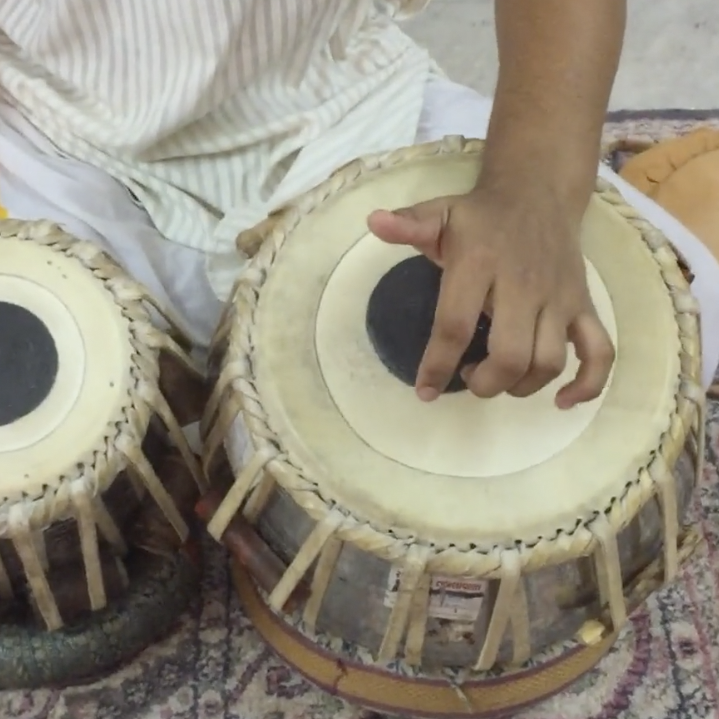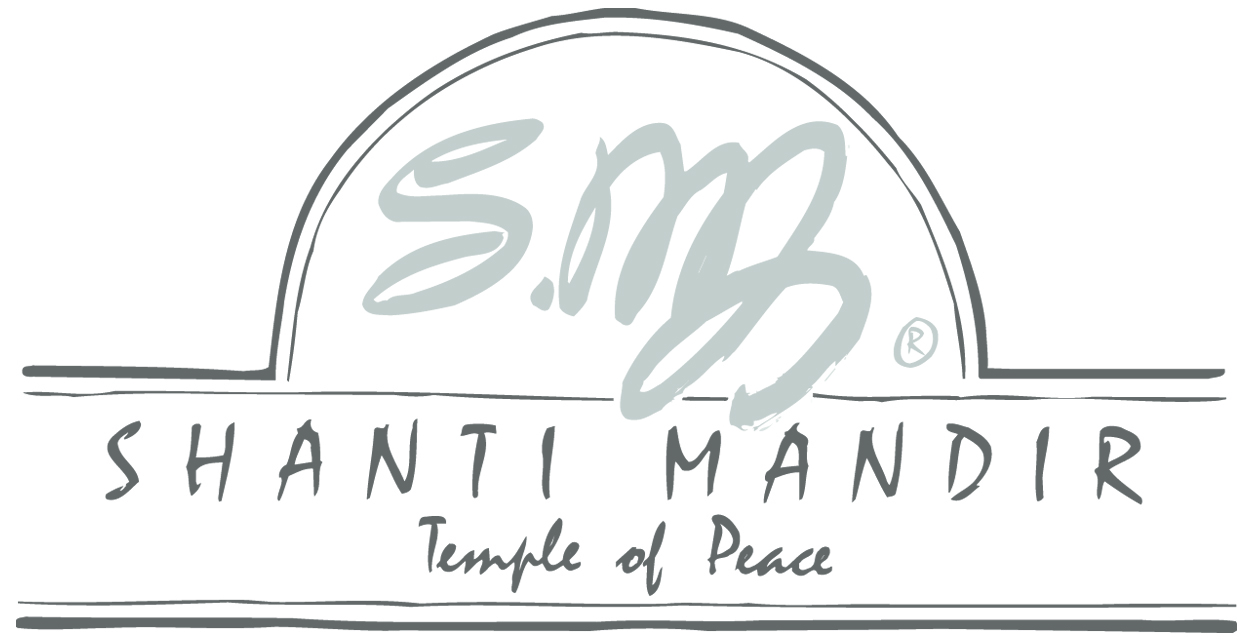ge (ghe or ga)
A khuli (open) stroke with the left hand.
Pronunciation
The ‘g’ in Ge sound like the word ‘get’ however the ‘e’ is a little longer, more like the sound in the word ‘air’. You will notice the spoken sounds in khula strokes usually have slightly longer vowels sounds. It is important to enunciate the ‘h’ in Ghe, like when you say the words ‘egghead’. The vowel in Ga is pronounced like the ‘ur’ in curtain.
Go to Ge in GheGe
Go to Ge in TaaGe
Go to Ge in DhaaGe TiTa
Go to Ge in TaaGe TiTa
Go to Ge in DhinNaa Ge Naa
To play the sound
Ge is an open resonant stroke with the left hand poised like a cobra on the bāyāñ. With the forearm resting on the edge of the drum and the wrist bent back so that the fingers can arch over the syahi (the black spot), the tip of the index finger strikes the maidan (the main skin).
This is a khula (an open stroke) and must be resonant.
This stroke can be difficult to master because it is essential to keep the hand in place after the stroke but it feels more natural to withdraw it.
Ge is sometimes played using the middle and ring fingers together, alternating with the index finger to play a succession of Ge sounds at speed. This is written GheGe.
Go to GheGe
The stroke is important because it is the ‘home position’ for the left hand.
ge preparation
ge index finger strikes
ge position held after the stroke



